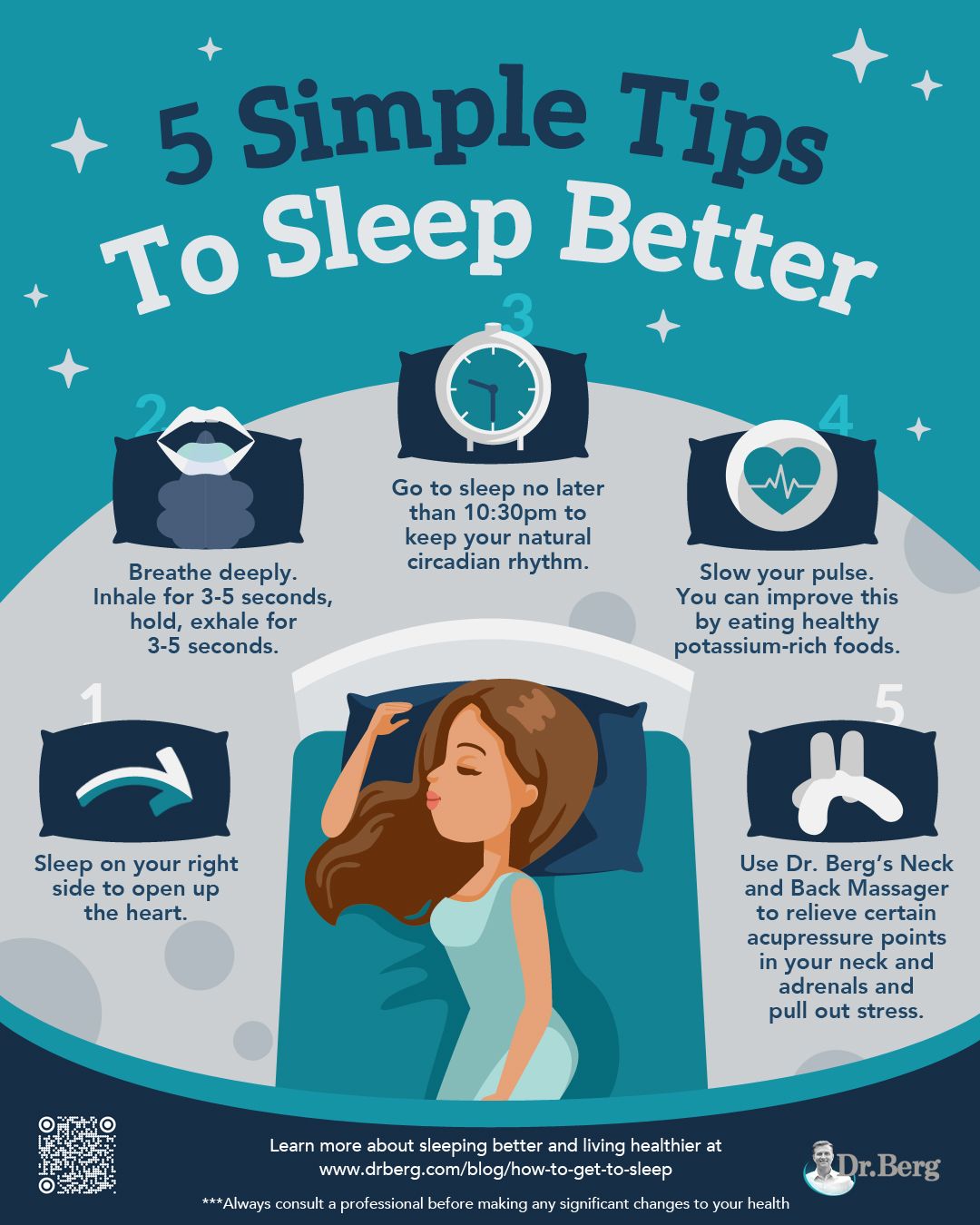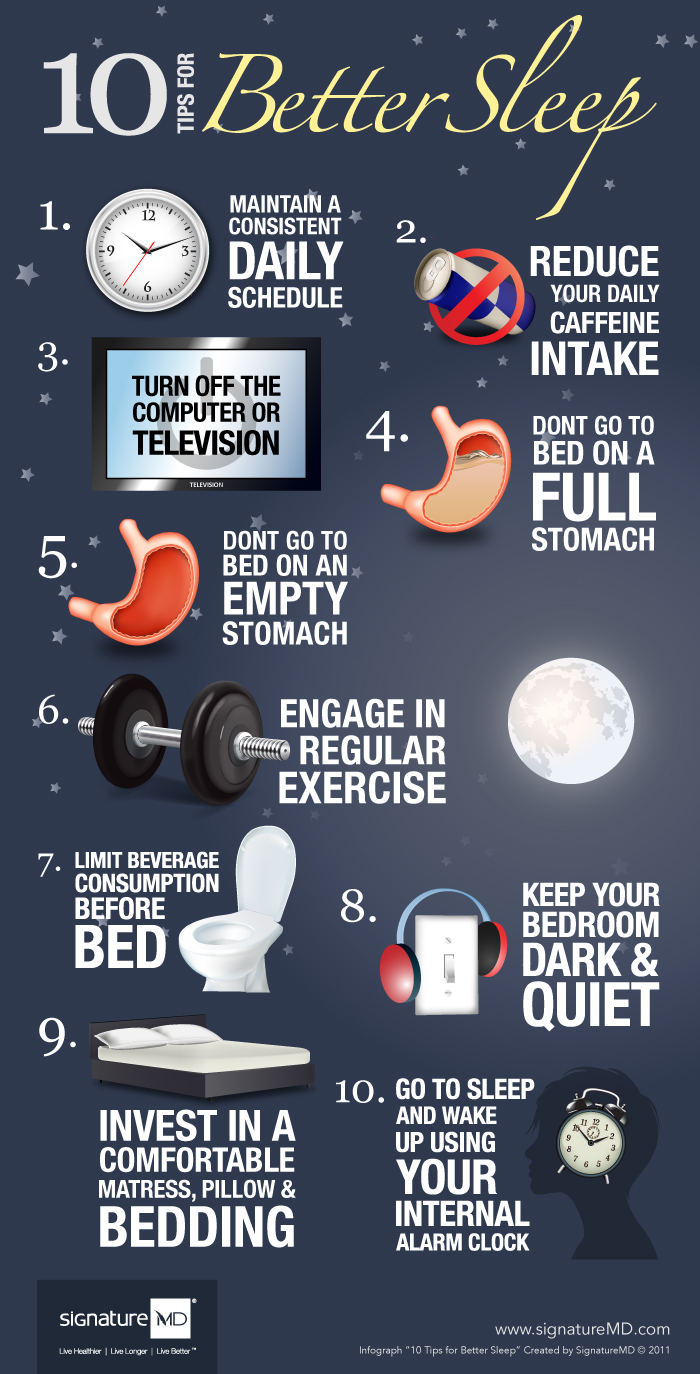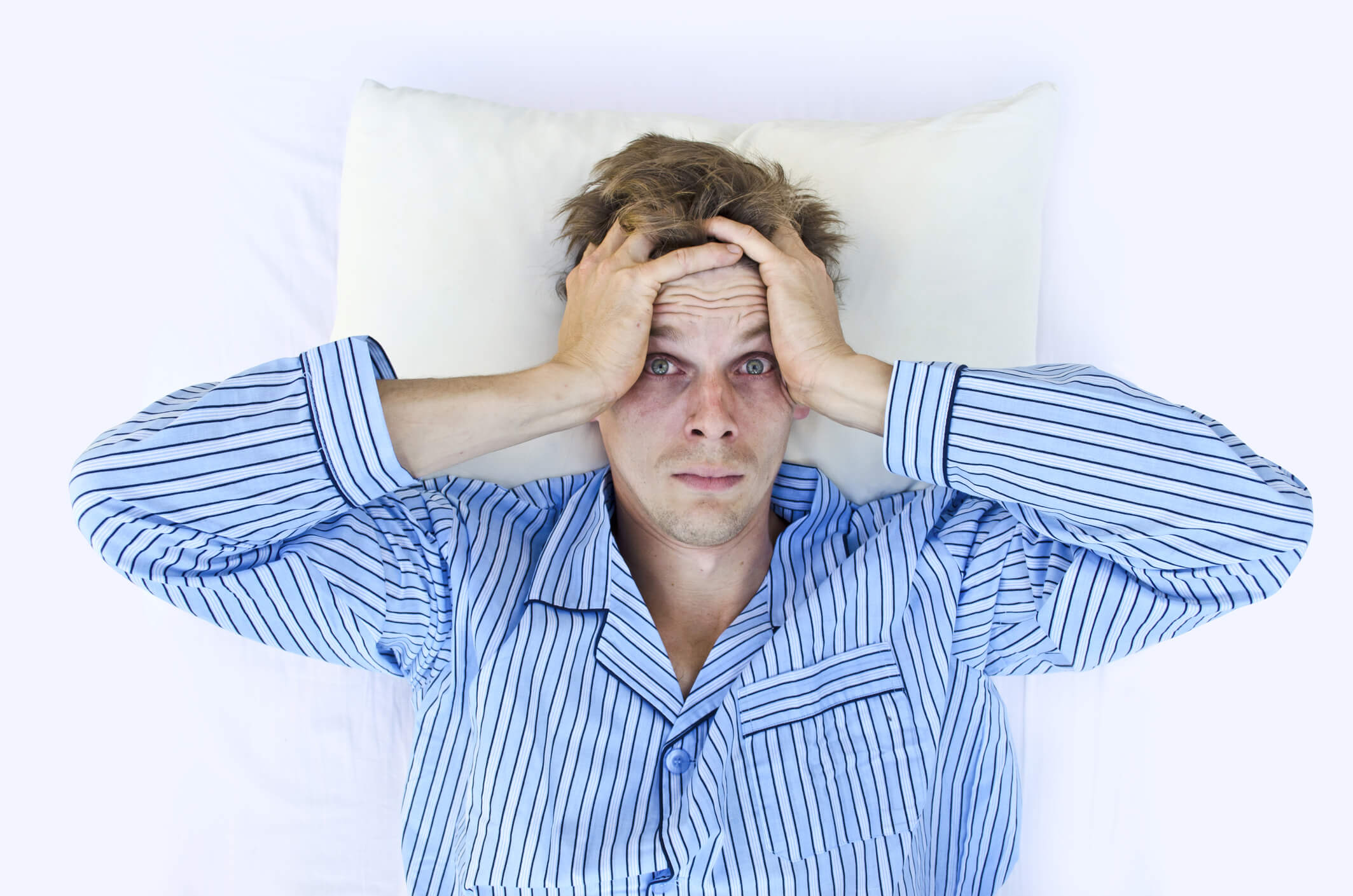The Physiology of Sleep: A Primer on Sleep Stages and Patterns
Understanding the physiology of sleep is crucial for learning how to fall asleep faster and sleep better. Sleep is not a uniform state, but rather a dynamic process that involves distinct stages and patterns. These stages are broadly categorized into two types: rapid eye movement (REM) sleep and non-rapid eye movement (NREM) sleep. NREM sleep is further divided into three stages, each with its unique characteristics and functions. The first stage of NREM sleep is a transitional phase between wakefulness and sleep, characterized by slow eye movements and reduced muscle activity. This stage serves as a bridge to deeper sleep and typically lasts for a few minutes.
The second stage of NREM sleep is a period of light sleep before entering deeper sleep. During this stage, body temperature drops, heart rate and breathing become regular, and brain waves slow down. This stage can last for approximately 20 to 30 minutes and plays a crucial role in restoring energy and promoting physical health.
The third stage of NREM sleep is the deep sleep stage, also known as slow-wave sleep. This stage is marked by the presence of delta waves, which are the slowest brain waves. Deep sleep is essential for physical rejuvenation, tissue repair, and immune system strengthening. It is also during this stage that the body releases growth hormones, making it particularly important for children and adolescents.
After the deep sleep stage, the sleep cycle transitions into REM sleep, a phase characterized by rapid eye movements, increased brain activity, and vivid dreaming. REM sleep is critical for cognitive functions, such as memory consolidation and emotional regulation. It is also during this stage that the brain integrates new information and experiences, facilitating learning and problem-solving skills.
A typical sleep cycle lasts for approximately 90 to 110 minutes, with REM sleep periods becoming progressively longer as the night progresses. A healthy adult should go through five to six sleep cycles per night, totaling around seven to eight hours of sleep.
To improve sleep quality, it is essential to understand sleep patterns and cycles. By recognizing the importance of each sleep stage, individuals can implement strategies that promote restorative sleep and help them fall asleep faster and sleep better.

The Art of Relaxation: Implementing Techniques for Serenity and Calm
Falling asleep faster and sleeping better is a goal shared by many individuals seeking to improve their overall well-being. One essential aspect of achieving restorative sleep is relaxation. By incorporating relaxation techniques into your bedtime routine, you can promote relaxation, reduce stress and anxiety, and ultimately enhance sleep quality. Deep breathing is a simple yet powerful relaxation technique that can be practiced by anyone. To practice deep breathing, find a quiet and comfortable space, close your eyes, and take slow, deep breaths in through your nose and out through your mouth. Focus on the sensation of your breath entering and leaving your body, and allow your mind to clear. Deep breathing has been shown to lower heart rate, blood pressure, and stress hormone levels, creating a sense of calm and relaxation that can facilitate sleep onset.
Progressive muscle relaxation is another effective technique for promoting relaxation and reducing tension. This technique involves tensing and releasing different muscle groups in your body, starting from your toes and working your way up to your head. By focusing on the sensation of tension and release, you can become more aware of your body and release any built-up tension that may be contributing to stress and anxiety.
Visualization is a relaxation technique that involves creating mental images of peaceful and calming scenes. By focusing on these images, you can distract your mind from stressors and worries, promoting a sense of relaxation and calm. Visualization can be practiced by anyone, regardless of experience or skill level, and can be tailored to your personal preferences and interests.
To incorporate relaxation techniques into your bedtime routine, set aside 10 to 15 minutes before bedtime to practice deep breathing, progressive muscle relaxation, or visualization. Create a comfortable and peaceful environment by dimming the lights, turning off electronic devices, and using soft, soothing music or white noise. By making relaxation a regular part of your bedtime routine, you can promote relaxation, reduce stress and anxiety, and ultimately fall asleep faster and sleep better.
The Therapeutic Touch: Employing Massage and Acupressure for Restful Sleep
Massage and acupressure are two therapeutic techniques that have been shown to promote relaxation, reduce tension, and support restful sleep. By incorporating these practices into your bedtime routine, you can enhance sleep onset and duration, and ultimately fall asleep faster and sleep better. Massage involves the manipulation of soft tissues in the body, including muscles, tendons, and ligaments. By applying pressure and movement to these tissues, massage can promote relaxation, reduce muscle tension, and improve circulation. There are many different types of massage, including Swedish massage, deep tissue massage, and hot stone massage, each with its own unique benefits and techniques.
To use massage for sleep enhancement, consider booking a session with a licensed massage therapist or incorporating self-massage techniques into your bedtime routine. Self-massage can be performed using your hands, a foam roller, or a massage ball, and can focus on areas of tension, such as the neck, shoulders, and back.
Acupressure is a traditional Chinese medicine technique that involves applying pressure to specific points on the body to promote relaxation, reduce tension, and support overall health and well-being. Similar to acupuncture, acupressure uses the same meridian points and energy pathways to stimulate the body’s natural healing processes.
To use acupressure for sleep enhancement, consider incorporating self-acupressure techniques into your bedtime routine. There are many different acupressure points that can promote relaxation and sleep, including the “third eye” point between the eyebrows, the “inner gate” point on the wrist, and the “spirit gate” point on the outer edge of the hand. To perform self-acupressure, apply firm but gentle pressure to these points using your fingers or a blunt object, such as a pencil eraser or a small ball.
The scientific evidence supporting the use of massage and acupressure for sleep enhancement is growing. Studies have shown that massage can reduce stress hormone levels, improve mood, and promote relaxation, while acupressure has been shown to improve sleep quality, reduce insomnia symptoms, and promote overall well-being.
To incorporate massage and acupressure into your bedtime routine, set aside 10 to 15 minutes before bedtime to practice these techniques. Create a comfortable and peaceful environment by dimming the lights, turning off electronic devices, and using soft, soothing music or white noise. By making massage and acupressure a regular part of your bedtime routine, you can promote relaxation, reduce tension, and ultimately fall asleep faster and sleep better.
The Role of Nutrition: Ingesting Foods and Beverages That Encourage Sound Sleep
Understanding the impact of various dietary choices on sleep quality is crucial for those seeking to improve their sleep onset and duration. By incorporating sleep-promoting foods and beverages into your daily routine, you can enhance your ability to fall asleep faster and sleep better. Research has shown that certain nutrients and compounds can promote relaxation, reduce stress and anxiety, and support restful sleep. These include tryptophan, an amino acid that helps produce the sleep-regulating hormone melatonin; magnesium, which can help reduce muscle tension and promote relaxation; and calcium, which can help regulate muscle contractions and nerve impulses.
To incorporate sleep-promoting foods into your diet, consider adding the following to your meals and snacks:
Lean proteins, such as chicken, turkey, and fish, which are high in tryptophan
Leafy green vegetables, such as spinach and kale, which are high in magnesium
Dairy products, such as milk and yogurt, which are high in calcium
Nuts and seeds, such as almonds and pumpkin seeds, which are high in magnesium and tryptophan
Whole grains, such as brown rice and quinoa, which can help regulate blood sugar levels and promote relaxation
In addition to incorporating sleep-promoting foods, it’s also important to avoid stimulants, such as caffeine and nicotine, before bedtime. These substances can interfere with the body’s natural sleep-wake cycle and make it more difficult to fall asleep and stay asleep.
The benefits of incorporating sleep-promoting foods and beverages into your daily routine are numerous. By promoting relaxation, reducing stress and anxiety, and supporting restful sleep, these dietary choices can help you fall asleep faster and sleep better, ultimately improving your overall health and well-being.

The Interplay of Exercise and Rest: Balancing Physical Activity and Sleep
Understanding the relationship between exercise, movement, and sleep quality is crucial for those seeking to improve their sleep onset and duration. By creating a balanced routine that supports restful sleep and overall well-being, you can enhance your ability to fall asleep faster and sleep better. Research has shown that regular exercise can have a positive impact on sleep quality, helping to regulate the body’s natural sleep-wake cycle and promoting relaxation. Exercise can also help reduce stress and anxiety, which can be major barriers to restful sleep.
To incorporate exercise into your daily routine, consider the following tips:
Aim for at least 30 minutes of moderate-intensity exercise most days of the week. This can include activities such as brisk walking, cycling, or swimming.
Avoid vigorous exercise within a few hours of bedtime, as this can interfere with the body’s natural sleep-wake cycle and make it more difficult to fall asleep.
Incorporate activities that promote relaxation, such as yoga or tai chi, into your exercise routine. These activities can help reduce stress and anxiety, promoting restful sleep.
In addition to incorporating exercise into your daily routine, it’s also important to allow for adequate rest and recovery time. This means listening to your body and allowing yourself to take breaks when needed, and avoiding overexertion or pushing yourself too hard.
The benefits of incorporating exercise and rest into a balanced routine are numerous. By promoting relaxation, reducing stress and anxiety, and supporting restful sleep, these practices can help you fall asleep faster and sleep better, ultimately improving your overall health and well-being.
The Creation of a Comfortable Sleep Haven: Designing Your Personal Sleep Sanctuary
Creating a comfortable and soothing sleep environment is crucial for those seeking to improve their sleep onset and duration. By designing a personal sleep sanctuary that promotes relaxation and rejuvenation, you can enhance your ability to fall asleep faster and sleep better. The significance of sleep environment on sleep quality cannot be overstated. Factors such as temperature, lighting, and bedding can all impact the body’s natural sleep-wake cycle and influence the ability to fall asleep and stay asleep.
To create a sleep-conducive environment, consider the following tips:
Maintain a cool temperature in your bedroom, ideally between 60 and 67 degrees Fahrenheit. This can help regulate the body’s natural sleep-wake cycle and promote relaxation.
Use blackout curtains or eye masks to block out light and create a dark, soothing environment. This can be especially helpful for those who work night shifts or have trouble sleeping in a bright room.
Invest in a comfortable, supportive mattress and pillows. This can help reduce tension and support restful sleep.
In addition to these tips, it’s also important to eliminate distractions and create a calming atmosphere in your bedroom. This means avoiding the use of electronic devices, such as smartphones and laptops, before bedtime, and incorporating calming activities, such as reading or meditation, into your bedtime routine.
The benefits of creating a comfortable sleep haven are numerous. By promoting relaxation, reducing tension, and supporting restful sleep, these practices can help you fall asleep faster and sleep better, ultimately improving your overall health and well-being.

The Establishment of Consistent Sleep Schedules: Cultivating a Healthy Sleep Rhythm
Understanding the benefits of consistent sleep schedules is crucial for those seeking to improve their sleep onset and duration. By cultivating a healthy sleep rhythm, you can enhance your ability to fall asleep faster and sleep better, ultimately leading to improved overall health and well-being. Consistent sleep schedules play a significant role in achieving restorative sleep. The body’s natural sleep-wake cycle, also known as the circadian rhythm, is regulated by a variety of factors, including light exposure, physical activity, and diet. By maintaining a consistent sleep-wake cycle, you can support the body’s natural sleep processes and promote relaxation.
To establish consistent sleep schedules, consider the following tips:
Aim to go to bed and wake up at the same time every day, even on weekends. This can help regulate the body’s natural sleep-wake cycle and promote restful sleep.
Incorporate a calming bedtime routine that supports relaxation and reduces stress and anxiety. This can include activities such as reading, meditation, or gentle stretching.
Avoid stimulating activities, such as watching TV or using electronic devices, before bedtime. These activities can interfere with the body’s natural sleep processes and make it harder to fall asleep.
The benefits of consistent sleep schedules are numerous. By promoting relaxation, reducing tension, and supporting restful sleep, these practices can help you fall asleep faster and sleep better, ultimately improving your overall health and well-being.

The Mitigation of Environmental Disturbances: Navigating Noise and Light Pollution
Understanding how to mitigate the impact of environmental disturbances, such as noise and light pollution, is crucial for those seeking to improve their sleep onset and duration. By taking steps to reduce these disturbances, you can enhance your ability to fall asleep faster and sleep better, ultimately leading to improved overall health and well-being. Noise pollution can have a significant impact on sleep quality. Loud or disruptive noises, such as traffic, construction, or noisy neighbors, can interfere with the body’s natural sleep processes and make it harder to fall asleep. To mitigate the impact of noise pollution, consider using earplugs or a white noise machine to block out disruptive sounds. Additionally, consider soundproofing your bedroom or using heavy curtains to absorb sound and create a quieter sleep environment.
Light pollution is another common environmental disturbance that can interfere with sleep quality. Exposure to artificial light, particularly blue light from electronic devices, can suppress the production of melatonin, a hormone that regulates sleep-wake cycles. To reduce the impact of light pollution, consider using blackout curtains or an eye mask to block out light and create a darker sleep environment. Additionally, consider limiting your exposure to electronic devices before bedtime, or using blue light filters to reduce the amount of blue light emitted by these devices.
The benefits of mitigating environmental disturbances are numerous. By promoting relaxation, reducing tension, and supporting restful sleep, these practices can help you fall asleep faster and sleep better, ultimately improving your overall health and well-being.

